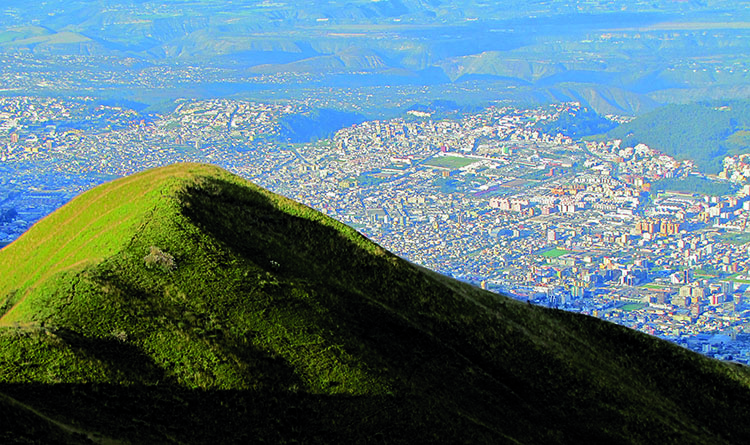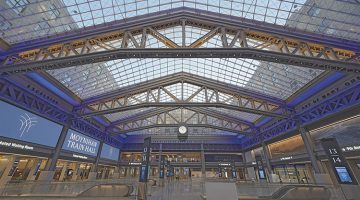The environment, which takes centre stage on this autumn’s cover, increasingly influences our projects and activities in Spain and around the world. With the support of Ineco, Ecuador’s capital Quito has launched initiatives to reduce waste and foster a circular economy of resources; this will without a doubt translate into improved welfare and quality of life for the city’s inhabitants.
Public policy is key in the move towards more sustainable cities. We are honoured with the opinion of María Verónica Arias Cabanilla, Environment secretary for the Municipality of Quito, the highest authority for environmental policy in the Ecuadorian capital. The city’s environmental policy includes the ‘Cero Basura’ programme, based on the integrated management of resources; this is an ambitious project in which Ineco was responsible for the Master Plan for Comprehensive Waste Management and its legal framework. This coincides with Quito’s selection by the UN to host the Habitat III Sustainable Cities Conference in October 2016. In addition to this, as Verónica Arias points out in her interview, Quito is Ecuador’s most sustainable city and one of the 17 finalists for the World Wildlife Fund (WWF) award for the world’s most sustainable city.
Optimal management of an environmental resource such as the sky is another area of interest that we will address in these pages. Specifically, we have a report dedicated to ENAIRE’s significant technical efforts and investment to guarantee air safety with the highest levels of efficiency. The high concentration of flights in Europe requires a complex new automated air traffic control system: SACTA (so-called for its initials in Spanish) is a series of systems and equipment which ENAIRE is investing over 16 million euros to renovate. Ineco engineers, who are collaborating in the project, offer us a detailed description of the function of these services and what they bring us.
Public policy is key in the necessary move towards more sustainable cities
Also worth highlighting is Ineco’s more than 20 years of experience in supervising the manufacture of trains. This issue features an in-depth article on rolling stock design validation, supervision and testing, particularly in Spain, Chile, Brazil and Colombia, where we have recently renewed our contract.
Finally, I am proud to present the new modernisation project at Chiclayo airport in Peru, where a new terminal is being designed. This large aeronautical project will complement our existing project at Lima’s Jorge Chávez airport. These are big jobs and big challenges in a globalised world where we want to demonstrate the skills and capabilities of Spanish engineering.






